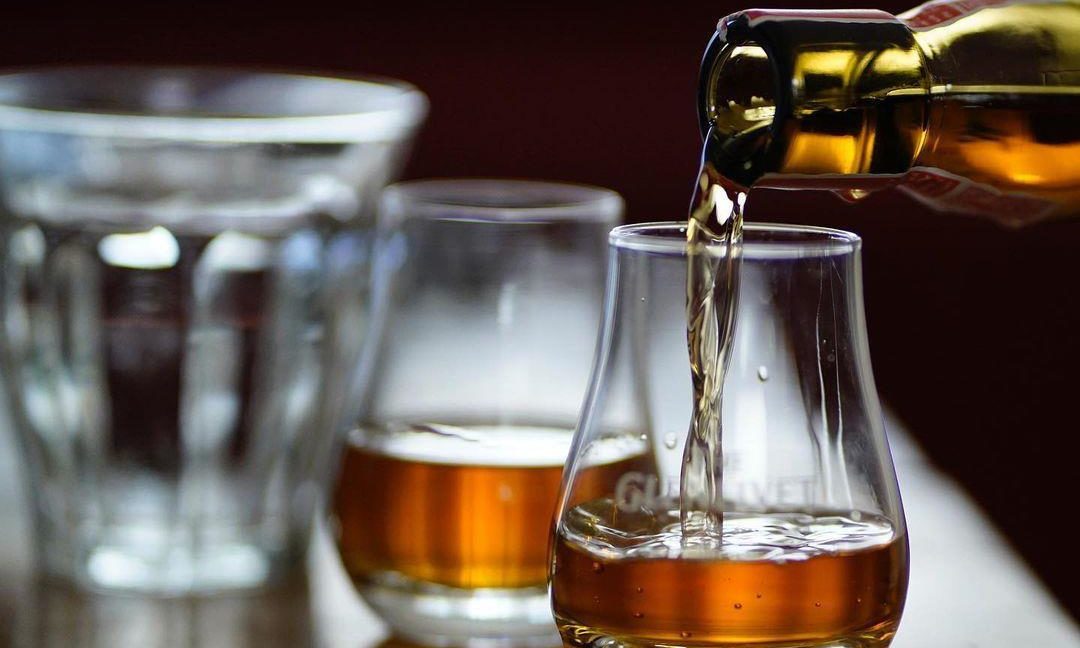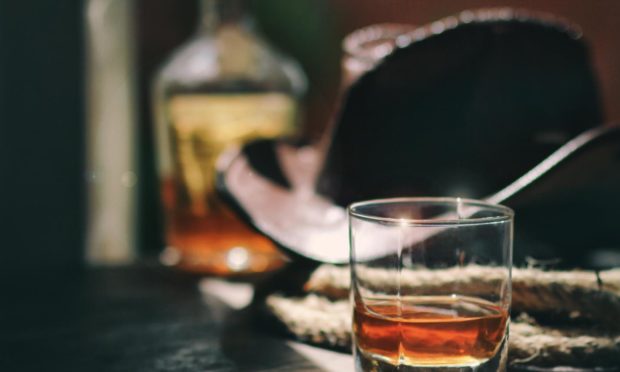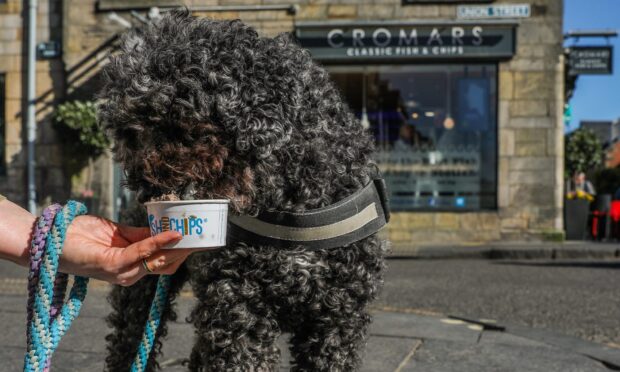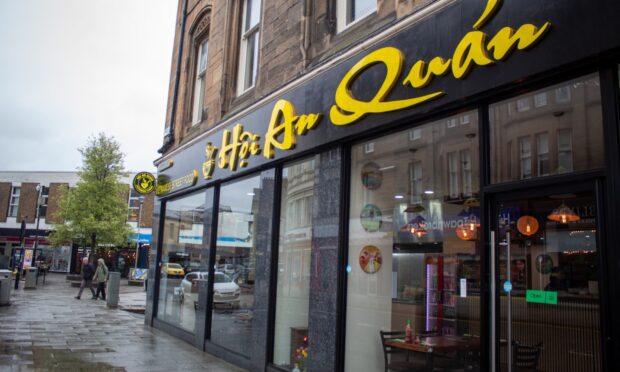Whisky writer Brian Townsend takes us back to 1860s America, and a political scam involving a dram or two.
After the recent departure of Donald Trump from the White House, countless stories are emerging of how he used the presidency to boost the Trump business empire and reward big political donors.
Yet turn the clock back to the 1860s-1870s and guess what – such shenanigans were rife in the top echelons of US politics. One huge scam that made many politicians rich was the “Whiskey Ring”.

Once the Civil War ended in 1865, the government needed revenue to rebuild the country, so they raised whiskey tax to 70 cents a gallon. The scam, involving distillers, distributors, government agents and US congressmen, meant, however, the distillers paid only 35 cents but the whiskey casks were stamped as “fully duty paid” – and people further down the chain, retailers and consumers, paid prices based on the 70 cents levy.
The government lost huge sums, while the scam cash was shared by all the conspirators. True, 35 cents a gallon seems small, but the industry produced millions of gallons so the lost taxes were vast.
Alerted, Treasury Secretary Benjamin Bristow cunningly bypassed other government agencies, employed secret agents and broke the ring in May 1875. The case against 238 men was prosecuted by General John Henderson, later replaced by attorney James Broadhead, and 110 were convicted.
Among those accused was President Ulysses S Grant’s private secretary, Orville Babcock, but Grant intervened and got him acquitted. In all, $3 million in back taxes were recouped.
The Whiskey Ring was just one of several scandals during Grant’s presidency, which ran from 1869-77. Another was the Trader Post scandal, which involved Secretary of War William Belknap.
Choosing a food supplier to US army bases, or forts, was left to individual fort commanders, who awarded the “trader post” to whoever offered the best value and price. But Belknap ensured trader posts went only to his friends or cronies. Soldiers got bad food at exorbitant prices and complaints cascaded in.
These and many other scandals severely damaged President Grant (who was noted for liking Old Crow bourbon). Although he was a civil war hero, he left the White House under a cloud in 1877 and died in 1885 aged 63 in near-poverty in New York.











